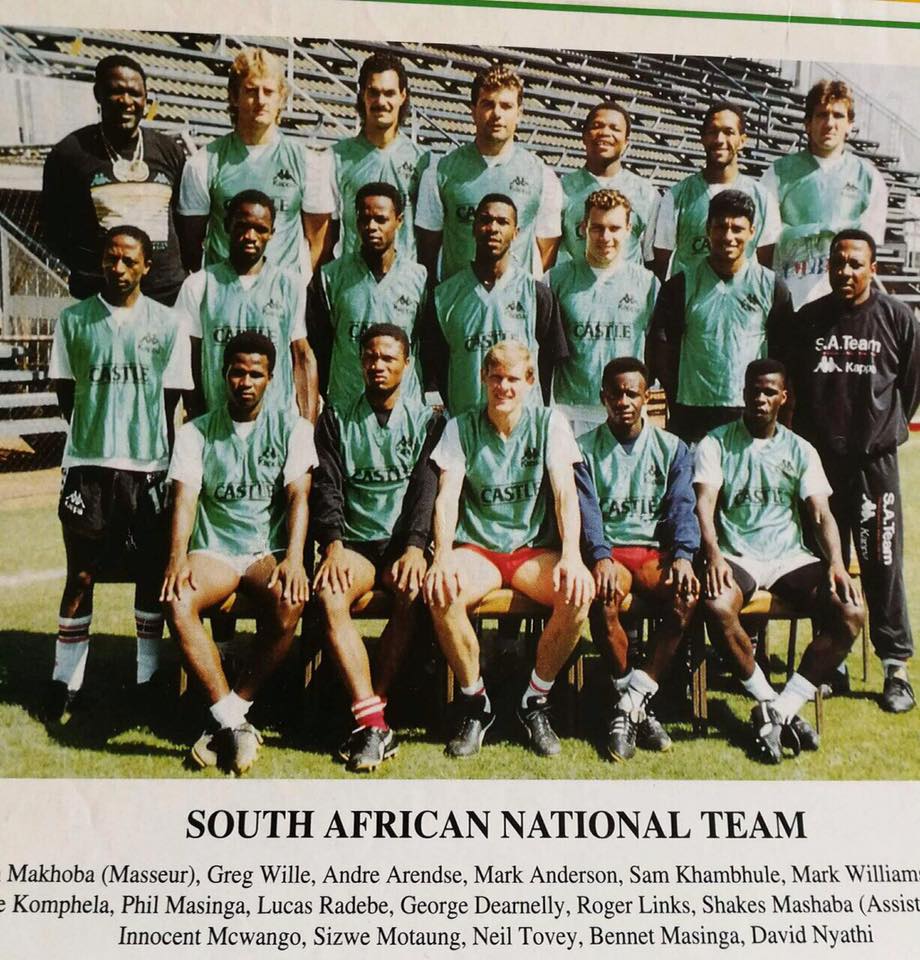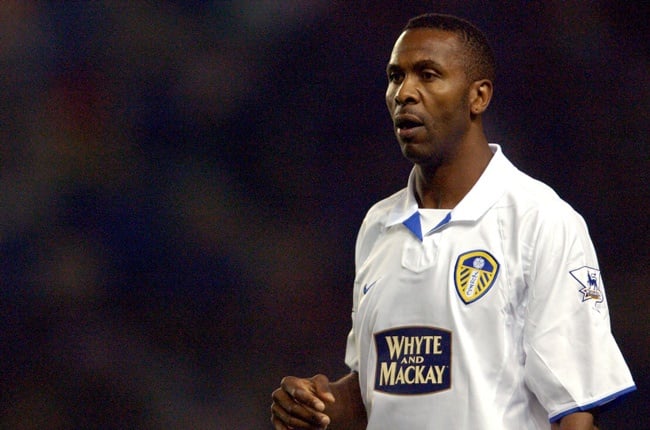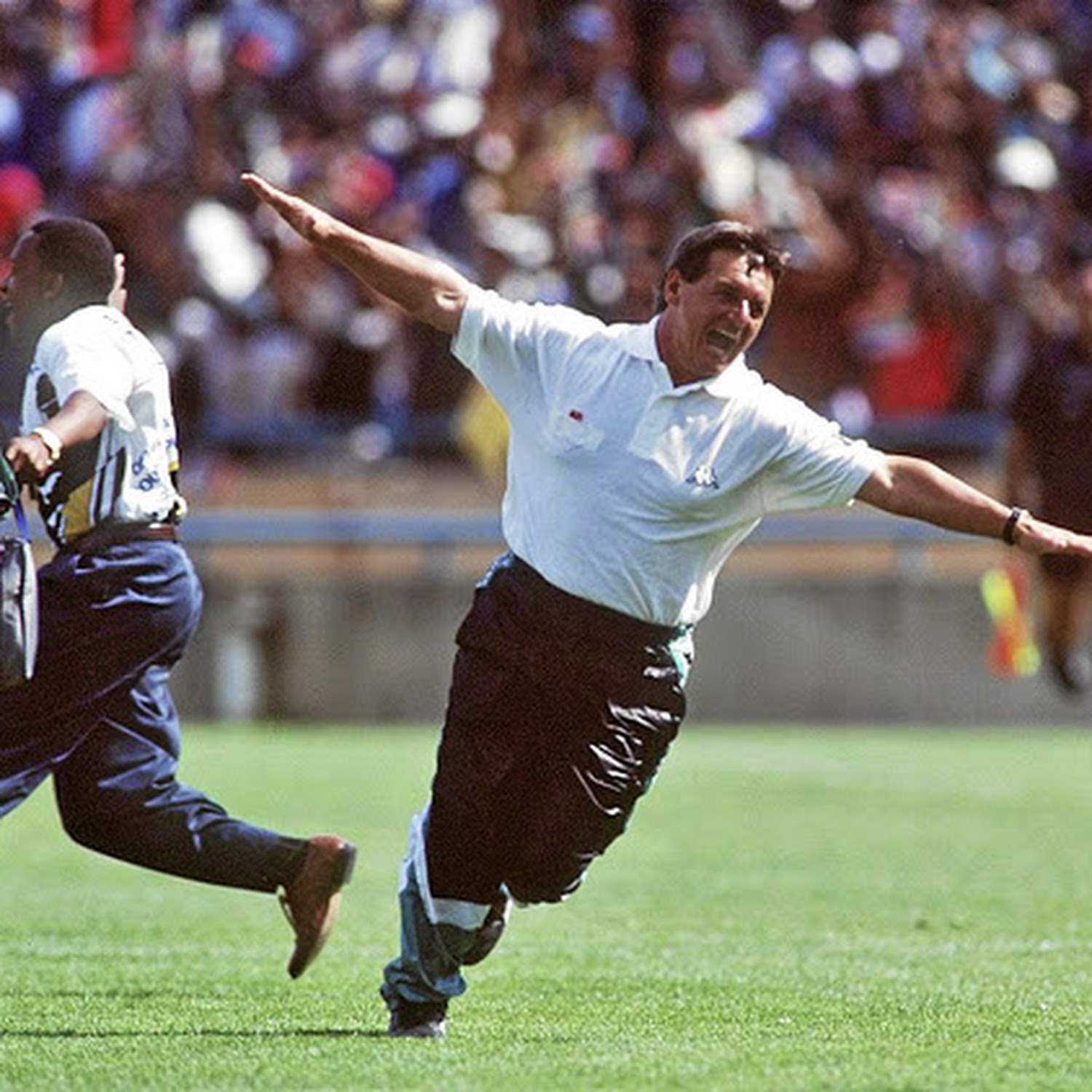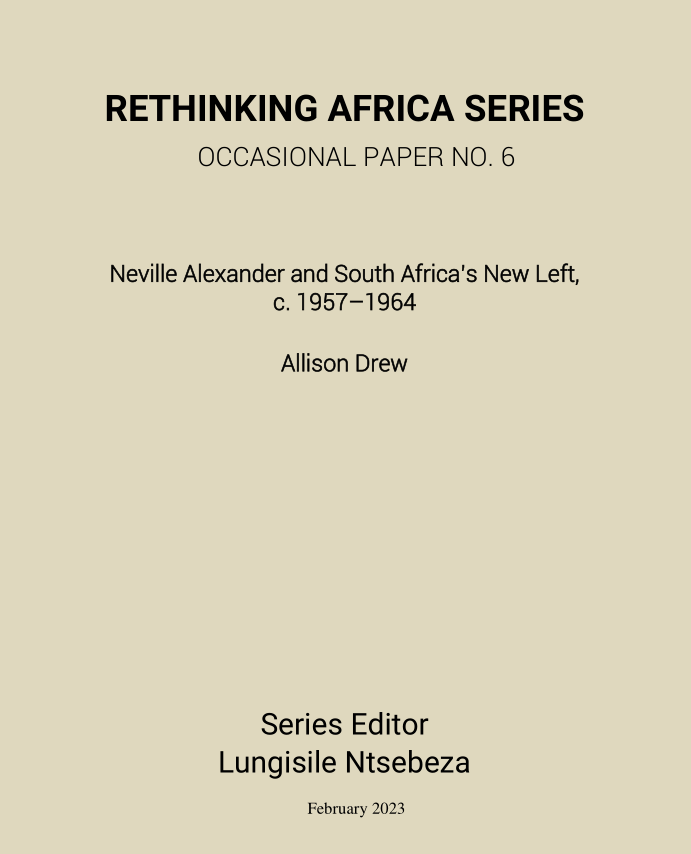The History of Wits is linked with Mining, Academic Excellence, and with Political and Civic Activism. Being surrounded by Mines in the City of Johannesburg, The Wits Mining Institute was started. They collaborated in the design, development and testing of a technology for tracking miners trapped inside a collapsed underground Mine. The origins of Wits University lie in the 'South African School of Mines'. This was first established in Kimberley, with Diamond Mining. Then in 1896 and transferred to Johannesburg as the 'Transvaal Technical Institute' in 1904. This was then named the 'Transvaal University College' in 1906 and renamed the 'South African School of Mines and Technology', four Years later. Other departments were added as Johannesburg grew and in 1920 the name was changed to the University College, Johannesburg. Full University status was granted in 1922, incorporating the College as the University of the Witwatersrand and took effect on 1 March. Seven months later the inauguration of the University was duly celebrated. Prince Arthur of Connaught, Governor-General of the Union of South Africa, became the University's first Chancellor, and Professor Jan H. Hofmeyr its first Principal. Building began at Milner Park on a site donated to the University by the Johannesburg Municipality.
In 1923, the University gradually vacated its premises in Eloff Street to move to the first completed teaching buildings at Milner Park (the Botany and Zoology block - housing the departments of Geology, Botany, Zoology and Applied Mathematics). The University had, at that stage, 6 faculties (Arts, Science, Medicine, Engineering, Law and Commerce), 37 departments, 73 members of academic staff and little more than 1 000 students. In 1925 the Prince of Wales officially opened the Central Block.
During the period between the two world wars severe financial restrictions were imposed upon the University. Nevertheless, student numbers were quite impressive - in 1939, 2 544 students enrolled; that grew to 3 100 in 1945. The sudden increase in student enrolment after the Second World War led to accommodation problems, which were temporarily resolved by the construction of wood and galvanised-iron hutments in the centre of the campus. These huts remained in use until 1972.
Wits was the first SA University to have a nuclear accelerator, to study radar, to have a computer, to study building materials, to produce a systematic climatological atlas of Southern Africa and to achieve a successful graft of plastic cornea.
Today, the University has expanded to having: five Faculties (Commerce; Law and Management; Engineering and the Built Environment; Health Sciences; Humanities; Science) and 33 schools, Wits offers approximately 3 400 courses to 41 000 students. Over a third of the student body comprises postgraduate students. Library facilities consists of two central Libraries and 12 branch Libraries with students having access to over 1,5 million books. Approximately 5 000 students are accommodated in a number of Residences and student Villages. There are 42 Sport Clubs and many Cultural opportunities in the form of over 60 student societies, the Wits Theatre, Art Galleries, Concert Hall and 7 Museums.



